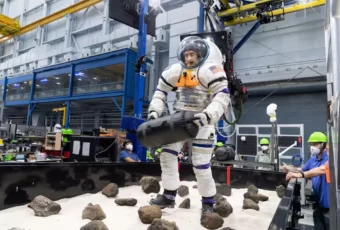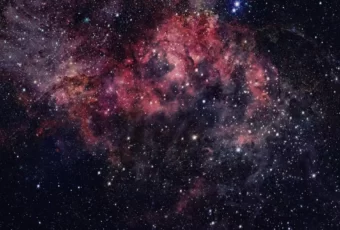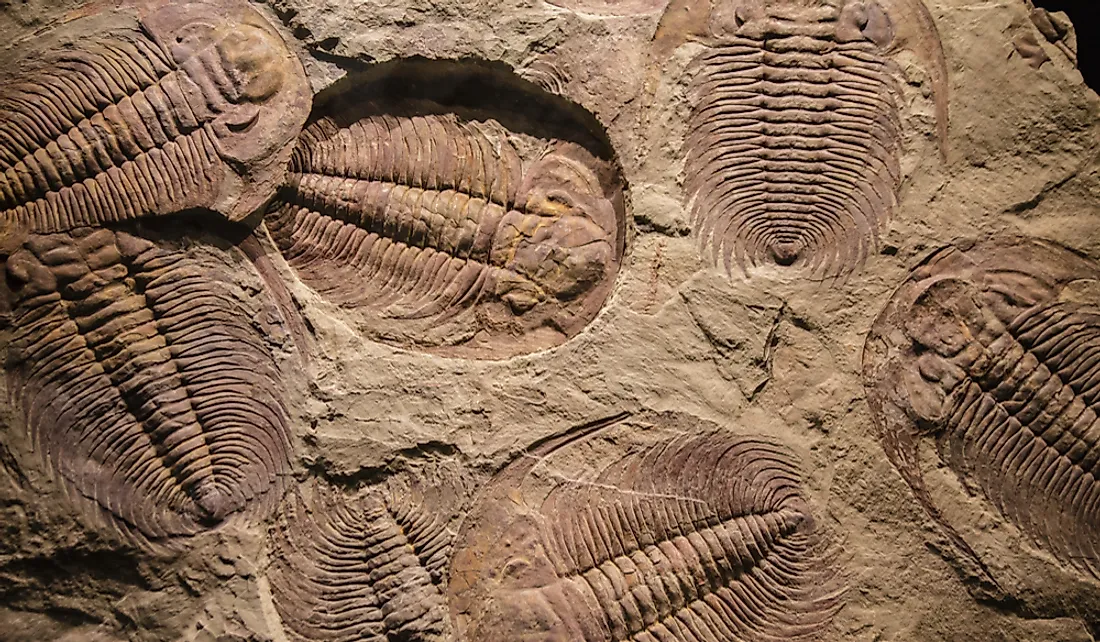
Formation Begins
Formation Begins
The journey to fossilization often starts with the death of an organism in a specific environment. Whether it’s a plant, animal, or even microscopic organisms, the key lies in the rapid burial of the remains. This initial step is critical to protect the organism from scavengers and environmental factors that could lead to decomposition.
Burial and Sedimentation
As the remains are buried, they encounter layers of sediment. Over time, more layers accumulate, exerting pressure on the underlying sediments. This process, known as sedimentation, plays a crucial role in preserving the remains by creating a protective environment that shields them from decay.
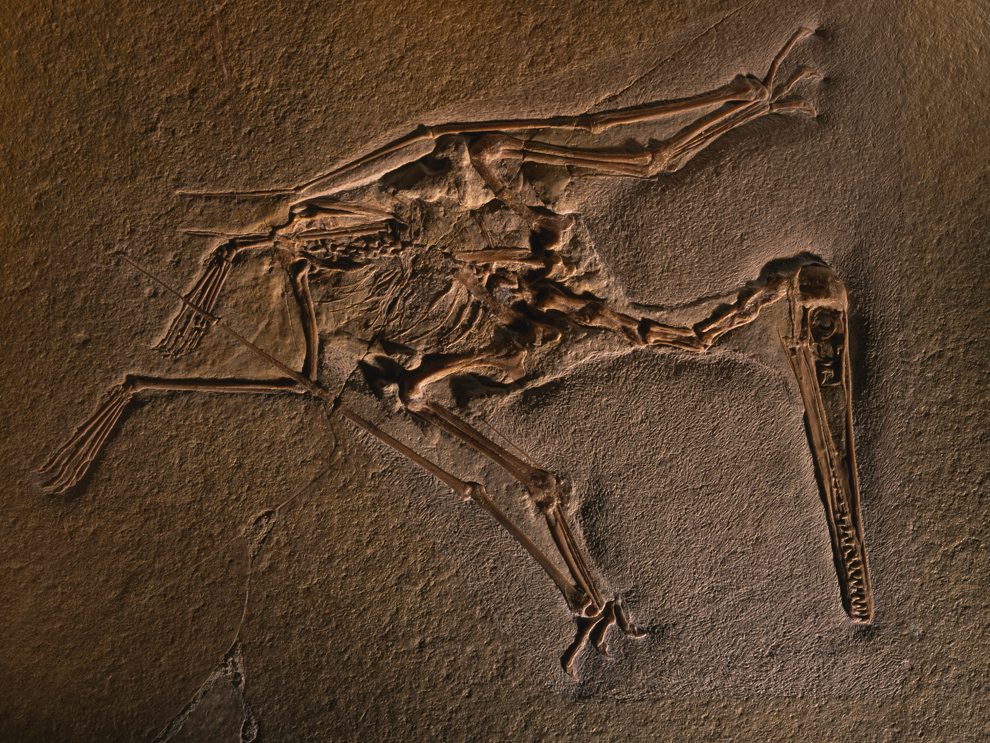
Burial And Sedimentation
Mineralization
Mineralization is a pivotal phase in the fossilization process. It involves the infiltration of minerals into the organic tissues of the buried remains. Groundwater, rich in minerals like silica or calcium carbonate, percolates through the sediment layers. The minerals replace the original organic material, transforming the remains into rock-like structures and enhancing their durability.
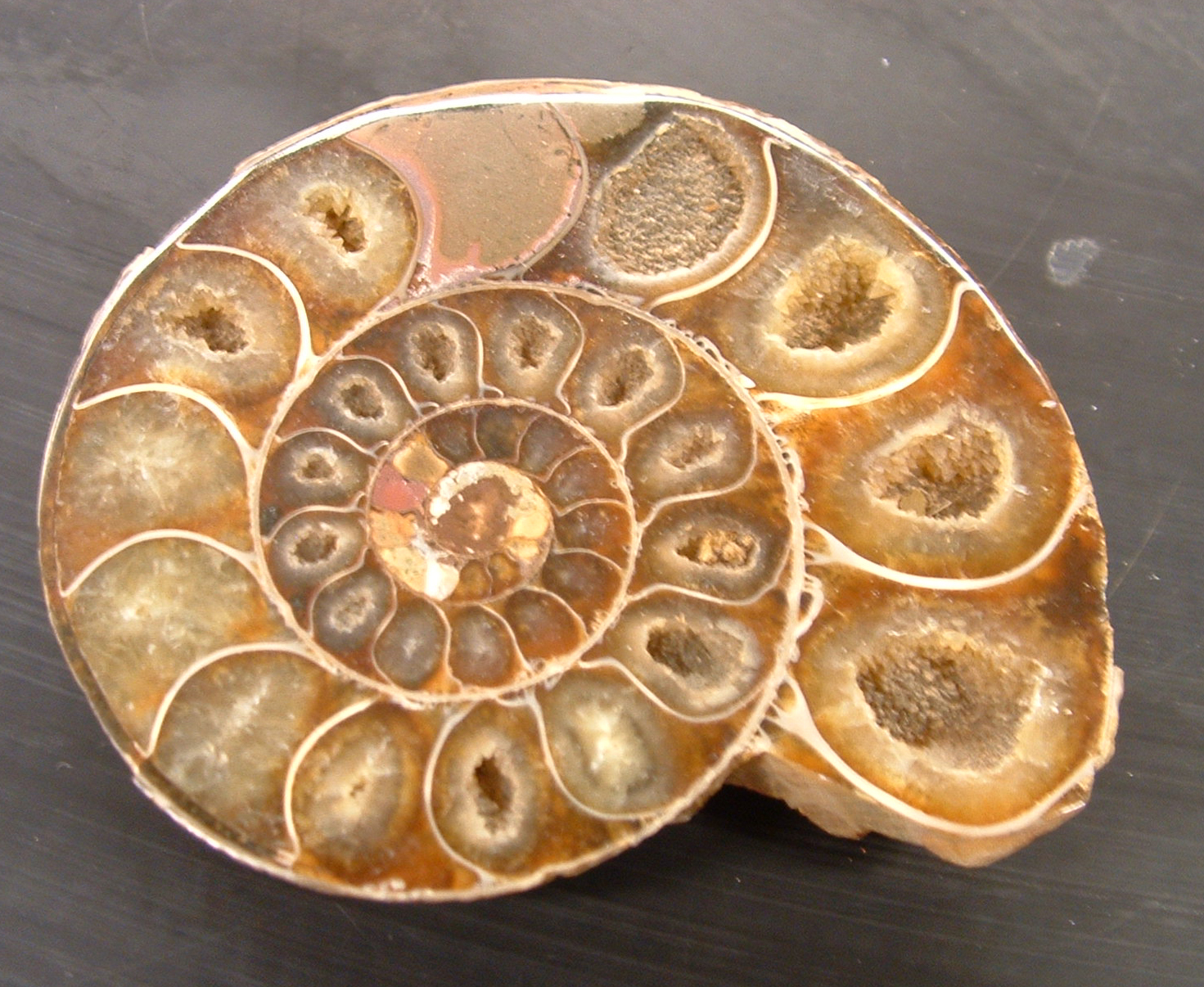
Mineralization
Petrification
In some instances, fossilization goes beyond mineralization to a process called petrification. Petrified fossils occur when the organic material is entirely replaced by minerals, often resulting in exquisite replicas of the original organism. This transformation can preserve intricate details, such as the cellular structure of plants or the skeletal features of animals.
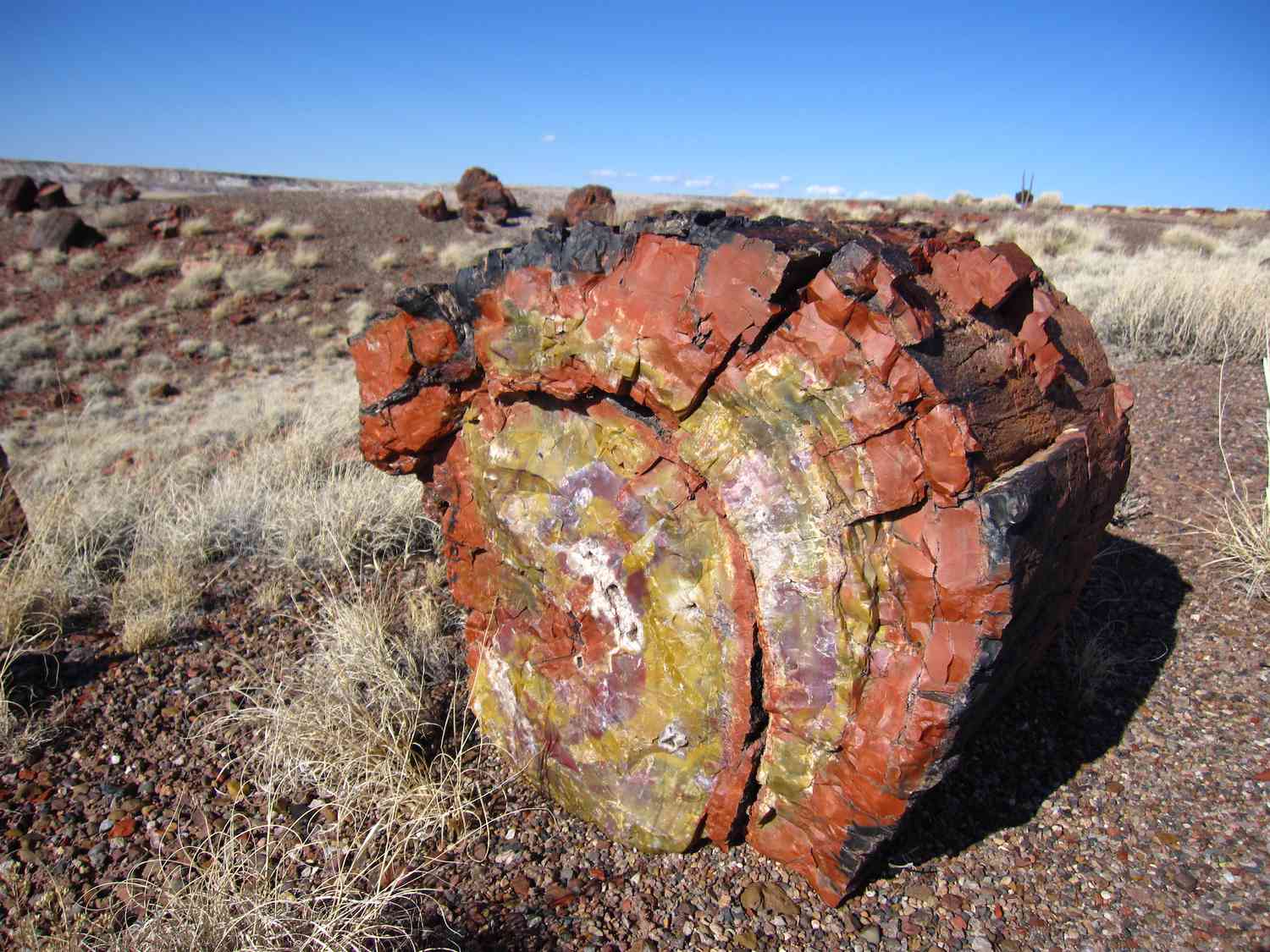
Petrification
Compression and Imprints
For softer organisms or parts like leaves or feathers, the fossilization process involves compression. Under the weight of accumulating sediments, these delicate structures flatten but leave behind detailed imprints. Such compression fossils provide valuable insights into the morphology and anatomy of ancient plants and animals.
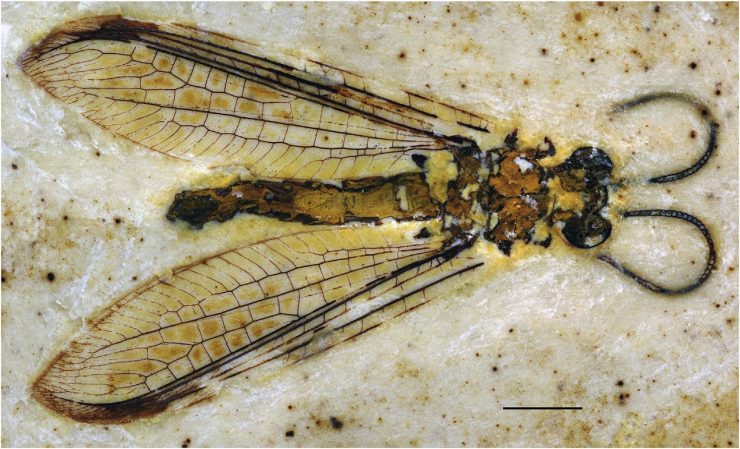
Compression And Imprints
Unearthing Fossil Treasures
The final step in the fossilization journey comes when geological processes, such as erosion or tectonic activity, expose the fossilized remains. Paleontologists and fossil enthusiasts then unearth these treasures, revealing the secrets of Earth’s ancient inhabitants. This scientific exploration contributes to our understanding of evolution, biodiversity, and the ever-changing landscapes that have shaped the history of life on our planet.
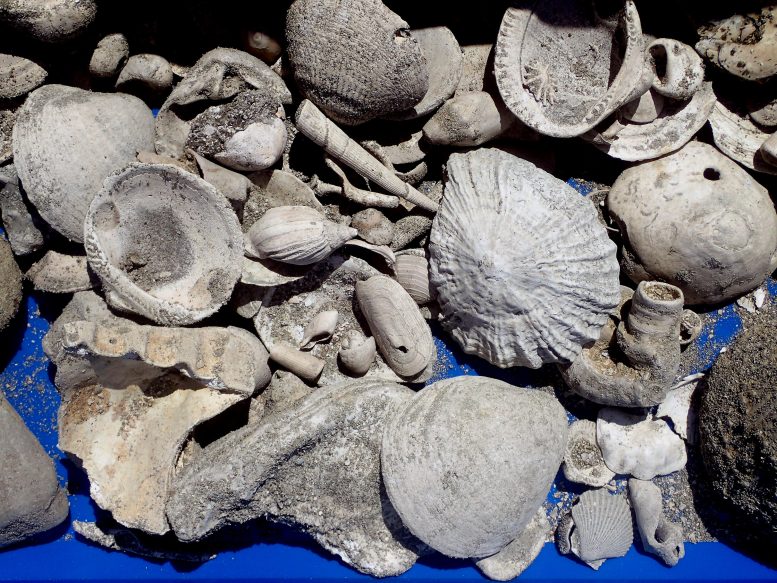
Unearthing Fossil Treasures



